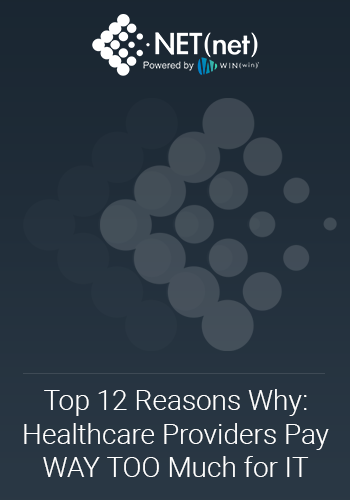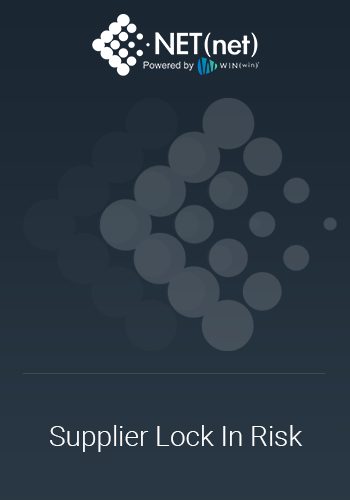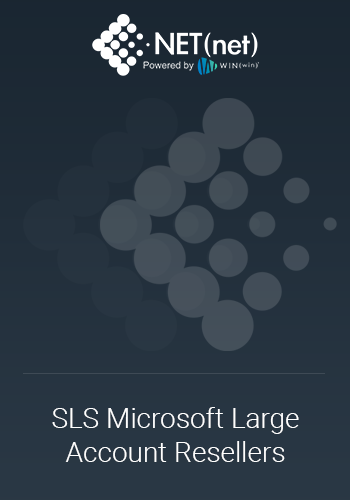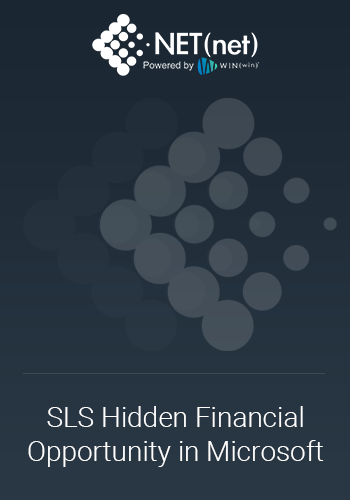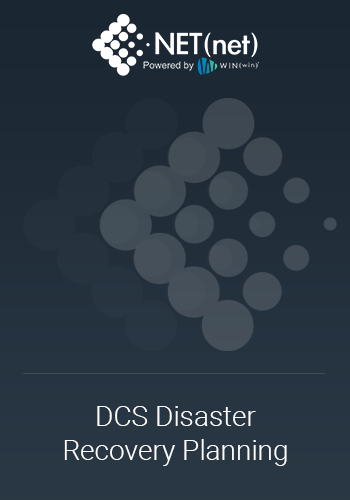As we've been saying for months, post (hopefully) pandemic Market Conditions are ripe for you to act in driving business value into your company. If you've ever dreamed of being the budget hero, this is it. With the tumult in the supplier marketplace around M&As, shifts of products to the cloud, small company disruptions, the supplier competition has never been as robust.
Once you digest the list below and want more, we're happy to talk. There's nothing we like better than chatting about how to get more value from technology suppliers - especially now.
Big Software
SAP
Nearly 100% of SAP deals come due in December. This is driven by SAP’s year end. Unsurprisingly, SAP’s audit machine has been ravaging its customer base with audits for the past several months seeking to generate Q4 orders which is now upon us. If you find yourself subjected to one of these sales’ generation activities, it isn’t too late for us to help you minimize the cost of resolution. If you haven’t shifted to the SAP Cloud yet, you should expect to be audited soon. Looking beyond its strong arm tactics, SAP customers have been conditioned that Q4 is the time to deal so now is an ideal time to look at renewals, new purchases, and possible upgrades. SAP certainly isn’t educating their customers on how to pay them considerably less, but we are helping our clients do just that.
Microsoft
One out of ten Microsoft deals are organically coming due this December, but with new market incentives from Amazon, and others, every single one of our clients should assess their Microsoft agreement now, and with our help, determine what kinds of opportunities might be available to them. You can then capture value by either renegotiating with Microsoft and/or taking the first steps towards a more competitive and client-centric landscape in the areas that Microsoft cares about most.
Oracle
November and December are huge months for Oracle (their 2nd and 4th largest months of the year respectively), and we all know how Oracle makes our clients see Red. In addition to a lot of purchasing and renewal activity, to drive additional licensing revenue and/or a migration towards cloud services, Oracle is still AUDIT CRAZY (see our article Oracle Audits the World) – threatening its customers with huge exposures of financial liabilities. We have written extensively on how clients can protect themselves from an Oracle Audit, but we can also help any client in any situation with Oracle, and it’s a big issue right now.
Audit Defense Armor
With all the big software suppliers looking for additional licensing revenue, we’ve never seen more audit actions, and we’ve never seen the level of vitriol between clients and suppliers resulting from these audits. Therefore, new to the market, we created Audit Defense Armor to help protect our clients against the pending onslaught of extreme supplier audits, harvesting previously unimaginable amounts of latent risk. Clients should consider Audit Defense Armor on the most volatile suppliers in their portfolio, including the ones detailed in our Top 10 list.
Infrastructure Spending
Dell-EMC, HP, IBM, & Cisco
As you know, 70% of capital spending happens in Q4, so most of our clients are currently evaluating new networking, server, and storage purchases, or are considering major upgrades in these areas. (or IaaS – see below). Dell EMC has forecasted just 3% growth through 2026, so it stands to reason they will be negotiating particularly hard to ensure they hold the line on margins. HP on the other hand has just reported better than expected guidance, but growth will still be in the “low single digits.” As we’ve said early and often, IBM will (and certainly should) have a diminishing role in the Enterprise. None of our Clients are working on new or innovative projects with IBM, rather how can they migrate more away from them and re-invest in other areas. However, they cannot be ignored, as mainframes handle 68 percent of the world’s production IT workloads, yet they account for only 6 percent of IT costs according to IBM. For instance, approximately 44 of the top 50 banks, healthcare organizations and government agencies as well as all the top 10 insurers have been using IBM Z mainframes for their business-critical applications and, while modest, this segment is growing at CAGR of 2.6% during 2021-2027.
Cisco performed very well in 2021, as over 50% of their revenue is now recurring software income, and as their CEO stated, they are now one of the world’s top ten software companies. As we see with most suppliers when they become more dominant in their space, prices go up and product options go down. Knowing how to uniquely negotiate with each of the suppliers, along with having the industry pricing, is critical to ensuring you are well positioned for 2022 and beyond.
Infrastructure-as-a-Service (IaaS)
Paraphrasing Mark Twain’s famous quip, the news of IaaS’s death has been greatly exaggerated. Nearly all our clients considering infrastructure spending in Q4 include IaaS solutions from the likes of IBM, Digital Ocean, Oracle, Linode, and Rackspace among others, as well as more comprehensive cloud computing solutions that combine IaaS, PaaS and SaaS from AWS, GCP, Azure. The IaaS industry revenue is estimated to have almost doubled in the last two years from just over $60B USD to $110B USD. Slowing many down in expanding their own IaaS footprint is a perceived skills gap which can be overcome with the right partner and solution. According to IDC, “The combined Public Cloud IaaS and PaaS market is forecast to have revenues of $400 billion in 2025 with a compound annual growth rate (CAGR) of 28.8% during the 2021-2025 forecast period.” With that kind of growth on the horizon, care should be taken with negotiating new agreements to ensure pricing and lock-in do not become long-term issues.
Software-as-a-Service
Salesforce.com
Salesforce.com’s fiscal year end is January – which makes NOW the best time to review and optimize that spend. We have the best Salesforce.com pricing benchmarks in the world, and we have a fabulous, detailed optimization assessment, which has discovered 242 dangerous contract flaws in the standard SFDC contract that need correction. In our history, we have not found a single instance of a client getting complete market optimized treatment either commercially or contractually.
In addition, Salesforce.com agreements are among the most in need when it comes to ongoing strategic supplier performance management. Not only do clients outsource their entire value chain when doing a deal with Salesforce.com, they also become subject to 35 contractual SLAs, and need to consider 37 internal business KPIs to ensure they are getting the right level of value from these investments – that’s 314 Ways a Salesforce.com Agreement Can Go Wrong! Put simply, there is no client currently doing or considering doing business with Salesforce.com that doesn’t need our help with the commercial arrangement, the contractual agreement, and the management of the supplier performance.
About NET(net)
Founded in 2002, NET(net) is the world’s leading IT Investment Optimization firm, helping clients find, get and keep more economic and strategic value. With over 2,500 clients around the world in nearly all industries and geographies, and with the experience of over 25,000 field engagements with over 250 technology suppliers in XaaS, Cloud, Hardware, Software, Services, Healthcare, Outsourcing, Infrastructure, Telecommunications, and other areas of IT spend, resulting in incremental client captured value in excess of $250 billion since 2002. NET(net) has the expertise you need, the experience you want, and the performance you demand. Contact us today at info@netnetweb.com, visit us online at www.netnetweb.com, or call us at +1-866-2-NET-net to see if we can help you capture more value in your IT investments, agreements, and relationships.
NET(net)’s Website/Blogs/Articles and other content is subject to NET(net)’s legal terms offered for general information purposes only, and while NET(net) may offer views and opinions regarding the subject matter, such views and opinions are not intended to malign or disparage any other company or other individual or group.

